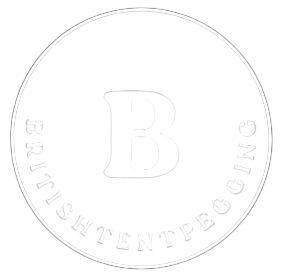Controlling temperature within cold storage helps ensure that perishable goods and lifesaving pharmaceuticals retain their potency and effectiveness. Businesses also save dollars on energy expenses.
Equipment and clothing are vital for safety at work even in the coldest of weather. Battery power for electric forklifts could be lost more rapidly during storage in cold conditions due to condensation.
Energy-efficient refrigeration systems
The goods that are stored in cold storage warehouses can be affected by temperature variations. In order to reduce the risk of this, these facilities are often equipped with efficient refrigeration systems. The refrigeration system uses cooling fluid to move and absorb heat. It is used to cool a variety of items, including pharmaceuticals, food frozen, advanced electronic devices and Petrochemicals.
In order to ensure maximum performance, a system of refrigeration needs to be regularly maintained, and inspected. Regular inspection and cleaning can help reduce energy use, also reducing the cost of running it over time.
The use of smart technology is to monitor energy consumption. Monitors are able to alert businesses to rapid increases in energy use which could signal a problem with the cooling system. They help optimize consumption of energy by allowing user to change temperature settings in accordance with the needs of the particular product. This can save up to 15% in electricity costs and lessen the burden on the cooling plant.

Controlling inventory of perishable goods
Managing inventory for perishable goods needs special strategies to maximize the efficiency of supply chains. This helps reduce waste, improve customer satisfaction, and ensure that stockouts are not a problem.
Using demand forecasting technology and sales analytics for predicting changes in inventory levels is a approach to improve cold storage management. This can help you arrange your purchase process so that you have enough time to store, receive, and market your products prior to when they expire.
Another method of managing your inventory of perishable goods include choosing trustworthy suppliers that prioritize quality and freshness, as well as negotiating terms that are favorable as well as conducting inspections of the quality. This will improve the ingredient’s in terms of quality, and increase freshness that the product will be.
A further strategy to inventory perishable goods is first expiring first out (FEFO). This method focuses on the use of goods with near date expiration, thus reducing the waste of product. And lastly, by regularly establishing your reorders, you can create an inventory level that meets consumer demand, while minimising loss.
Practices for Cold Storage Maintenance Best Practices
Numerous pharmaceutical and food items require specific temperatures for storage. Changes in temperature could cause damage to goods, as well as increase the cost of storage. Achieving cold storage warehouses’ maintenance using the best practices will prevent the problems from occurring.
Achieving these goals involves improving processes and equipment. However, this can result in substantial savings over the long term. Good practices include automating processes, reducing heat exchange and using equipment made to work in cold environments.
Also, you should consider how employees are able to access the cold storage unit. Offering employees insulated clothes as well as equipment could reduce the risk of illness and boost efficiency. Furthermore, kho lanh bao quan choosing access systems that are able to close and open quickly ensures that temperatures are not affected as employees move around different areas of the building. For example, insulated roller doors offer faster access to various zones, while also creating a complete seal that limits the flow of air through openings. This improves efficiency in energy use and decreases period of maintenance.
IoT for monitoring temperature
One of the most important steps to ensure the safety of your food and medicines is maintaining a constant temperature within your storage facility. IoT-based monitoring systems can track the temperature throughout your warehouse by triggering alarms whenever the temperature goes over pre-determined thresholds. It reduces time spent making notes manually and improves the accuracy.
Alongside increasing the efficiency of cold storage and management, smart IoT sensor technology can also help reduce energy consumption as well as product disposal. The savings can be made on diesel fuel and jet-fuel through monitoring the performance of equipment and fixing problems quickly. Real-time temperature data can even allow you to optimize storage space by reducing the necessity for backups and by avoiding temperature variations. Find out how IoT can transform logistics in the cold chain through the use of advanced technology, real-time monitoring software and the management of supply chains.
